The EV Shift
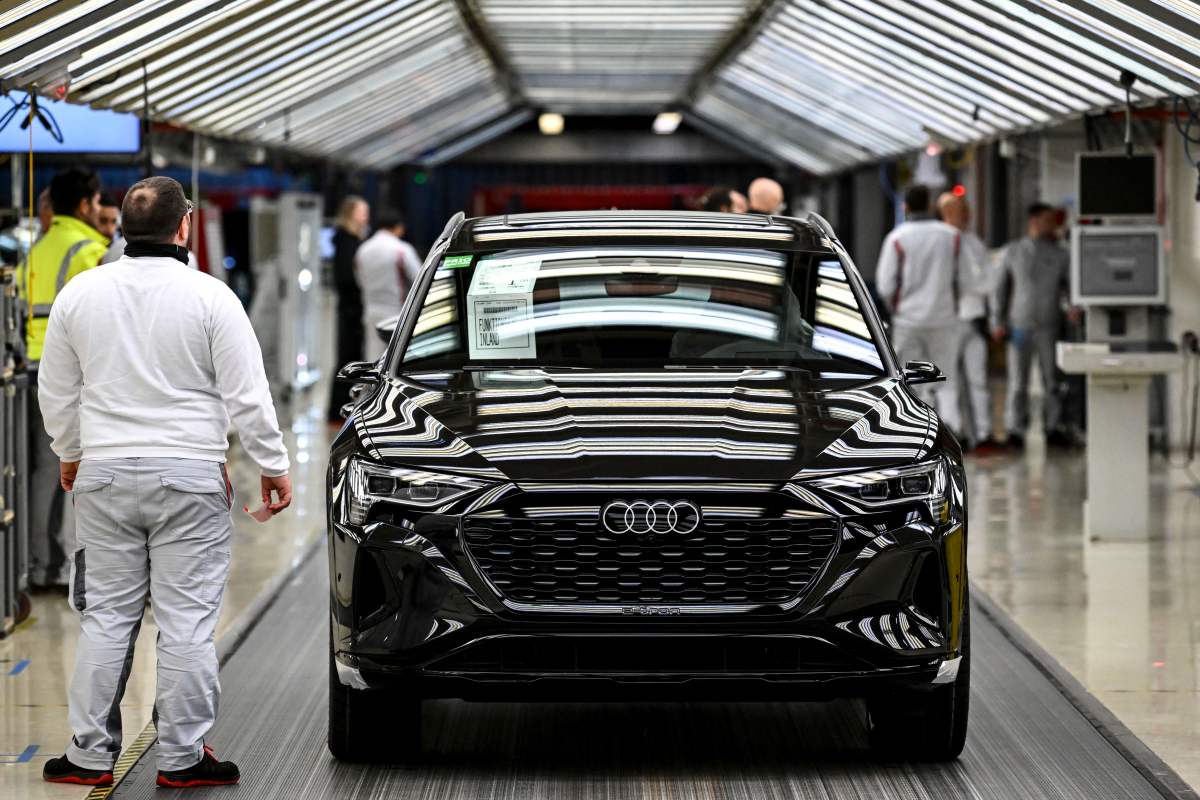
In the last few years, car manufacturers seemed all in on swapping out internal combustion engines (ICE) for electric vehicles (EVs) by clear cut-off dates. The pressure to meet these goals stemmed largely from government regulations in China, Europe, and certain American states. But like any good road trip, plans change. Lately, these ambitious goals seem to be on a more relaxed timetable.
The latest buzz is about Congress voting against California’s stricter emissions rules, which disrupts their plans to phase out gas-powered cars by 2035. Moreover, federal EV subsidies are being scrutinized, making it trickier for EVs to gain traction in the market. Global adoption is happening, but it’s not racing ahead in major markets like the U.S. and Europe. Hence, some automakers are easing the throttle on their EV investments. Let’s take a closer look at who’s adjusting their strategies and what we can expect moving forward.
Audi
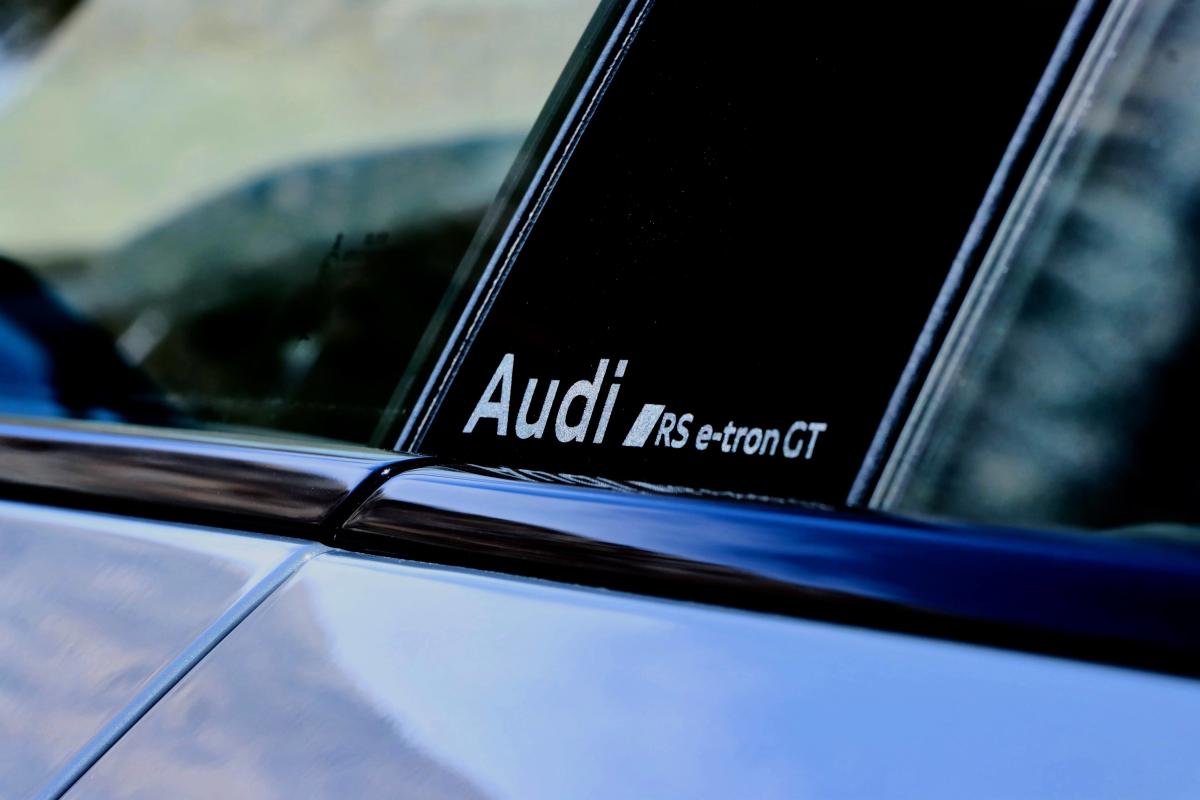
Audi’s recent announcement to shift gears away from its all-EV target by 2033 has caught attention. Instead, the German automaker is re-investing in hybrid technology. New models featuring gas engines and hybrids are set to debut soon. While European regulations still enforce a 2035 deadline for ending new gas-powered sales, Audi’s plans might shuffle closer to that line.
Mercedes-Benz

In terms of EV sales, Mercedes-Benz has also delayed its ambitious expectations. The target for electrified models to make up 50% of their sales is now pushed from 2025 to 2030. This extends their roadmap of ICE vehicles further into the next decade, reflecting a more balanced approach in response to industry shifts.
Aston Martin
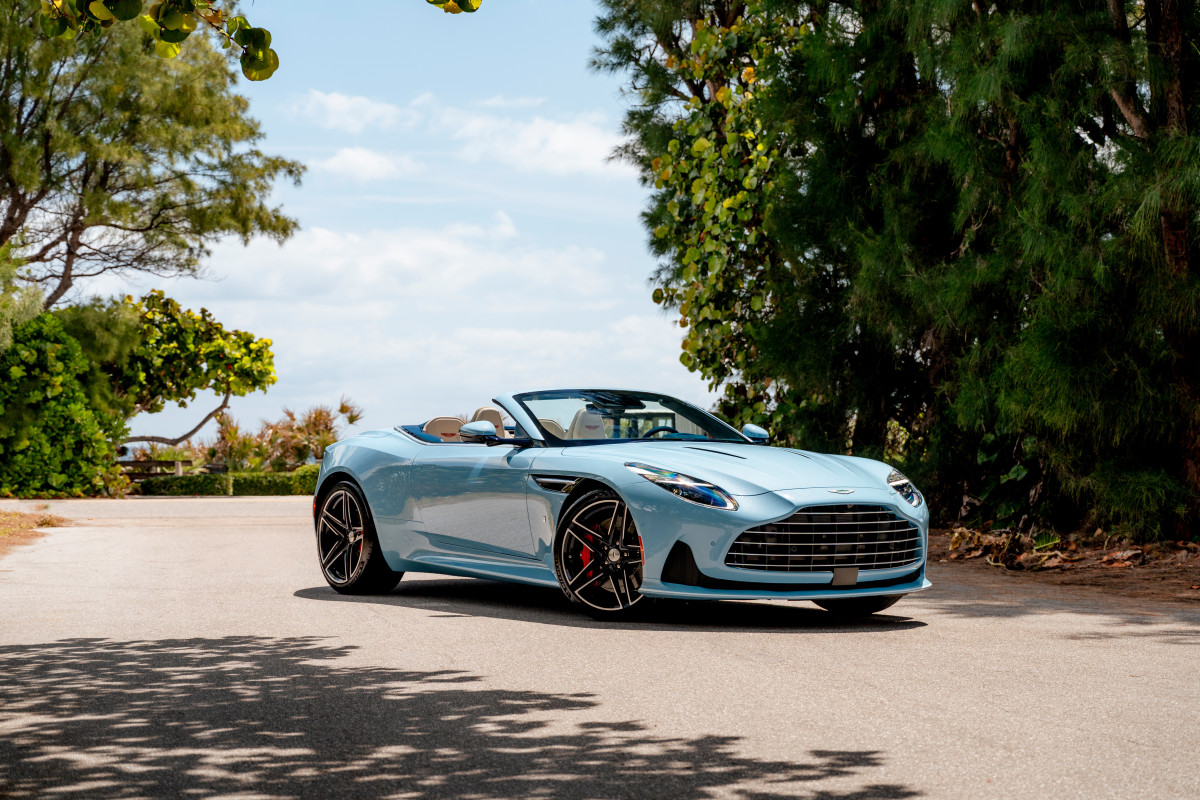
Aston Martin initially slated its EV debut for 2025, but that’s been nudged to 2027. The brand is ramping up efforts in the plug-in hybrid electric vehicle (PHEV) segment as a transitional phase to bridge the gap between combustion and electric.
General Motors
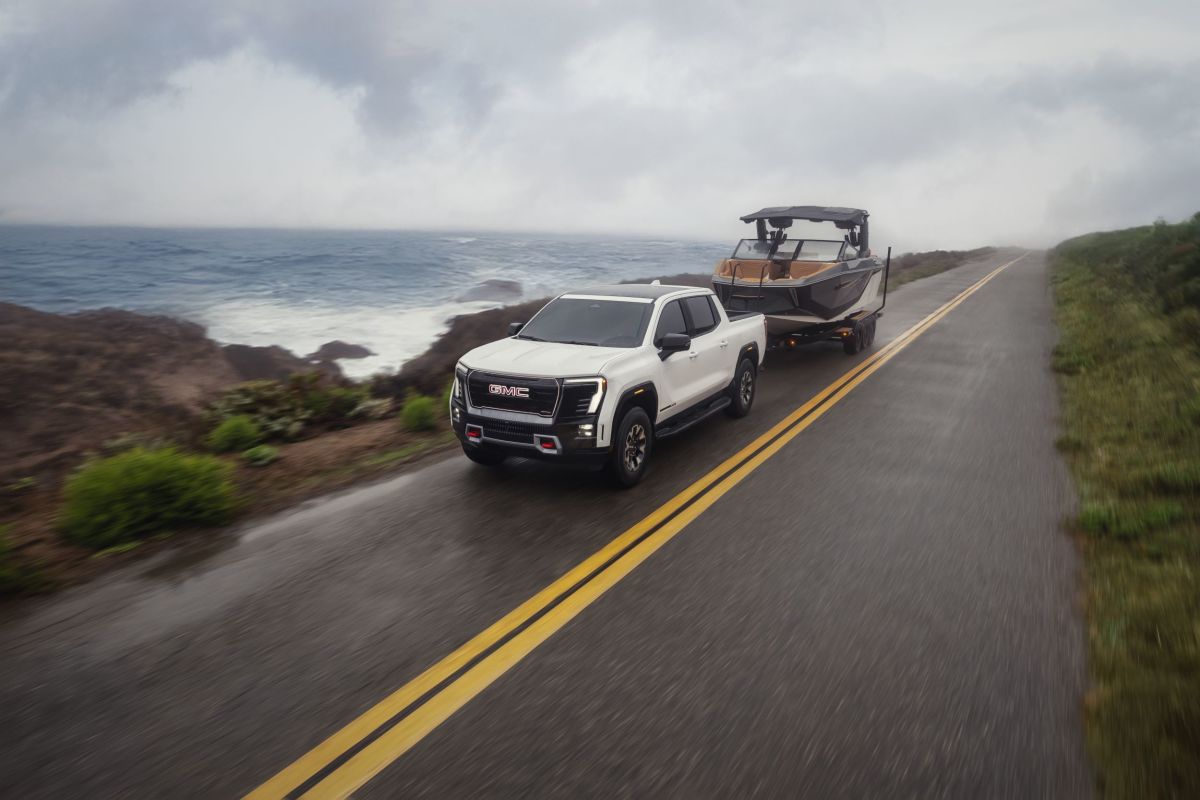
General Motors remains steadfast in its 2035 all-electric vision, yet recognizes the path isn’t linear. Consumer demands will steer their course, even as GM reports substantial growth in EV sales, notably surpassing Ford. However, plans for exclusive EV production at their Michigan plant might see diversification to ensure broad appeal.
Ford
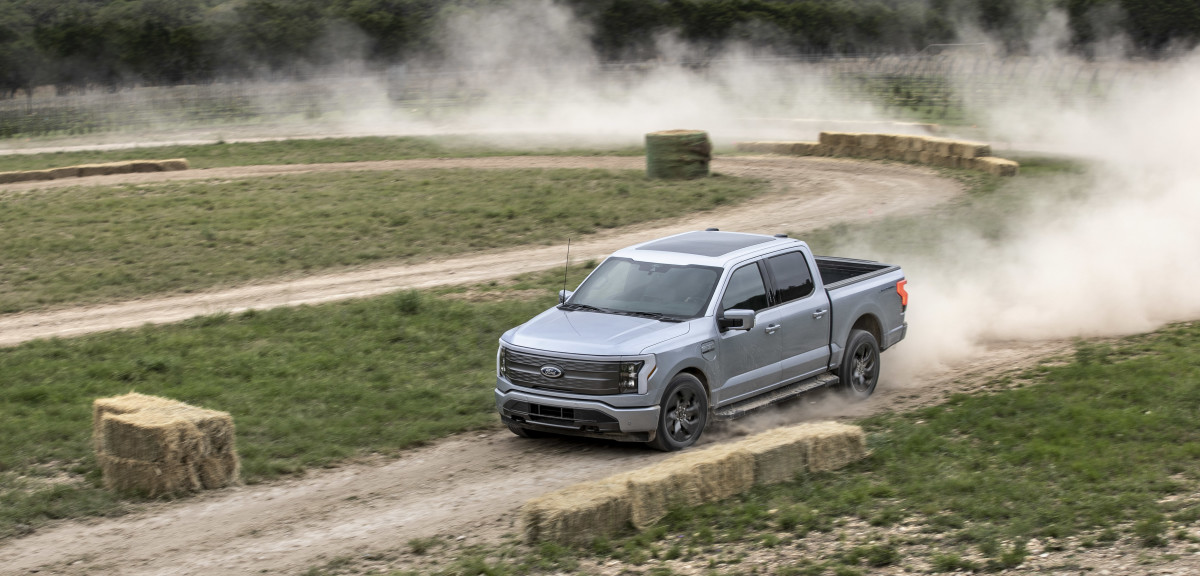
Ford has re-evaluated its strategy, scrapping plans for an all-electric three-row SUV and scaling back on dedicated EV spending. Instead, they’re aiming at affordable EVs by recalibrating their production and cost structures to remain competitive, particularly against Chinese automakers.
Cadillac
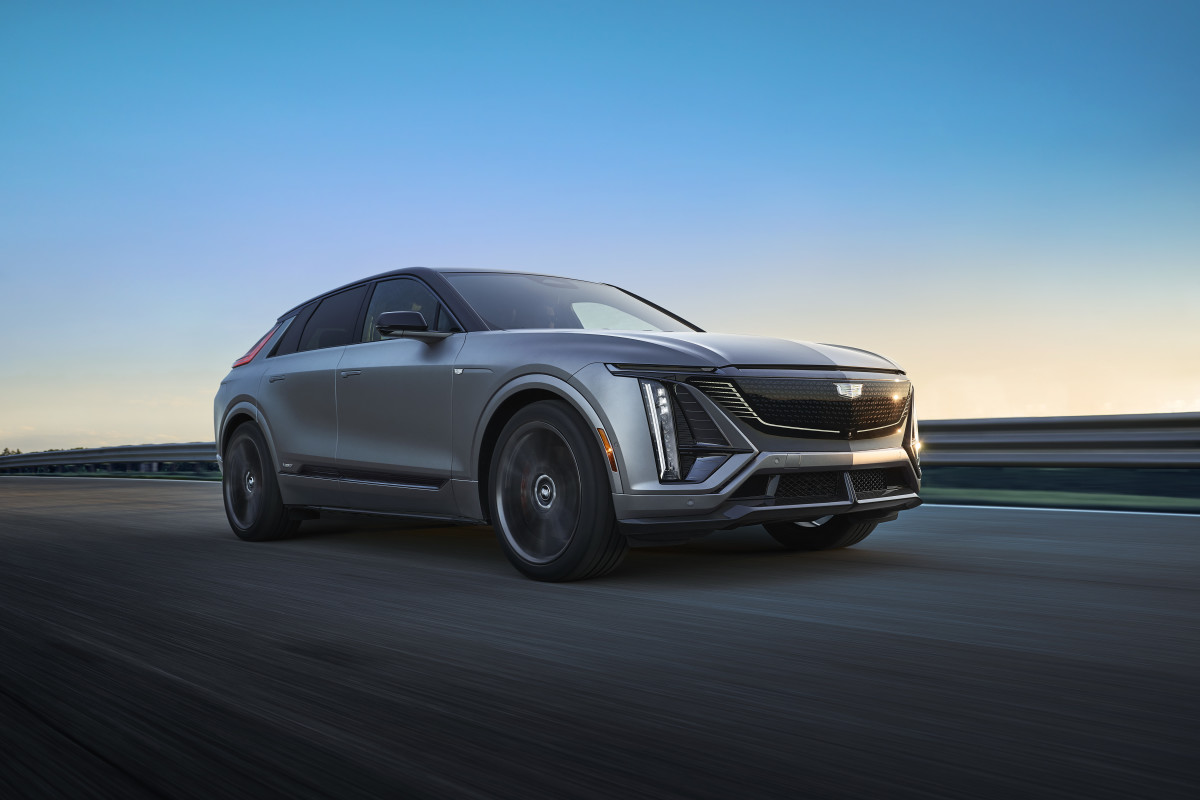
At Cadillac, the word was that they’d be fully electric by 2030. However, the actual rollout seems more cautious, with continued development in the ICE arena to satisfy customer demand during this gradual transition.
Mazda
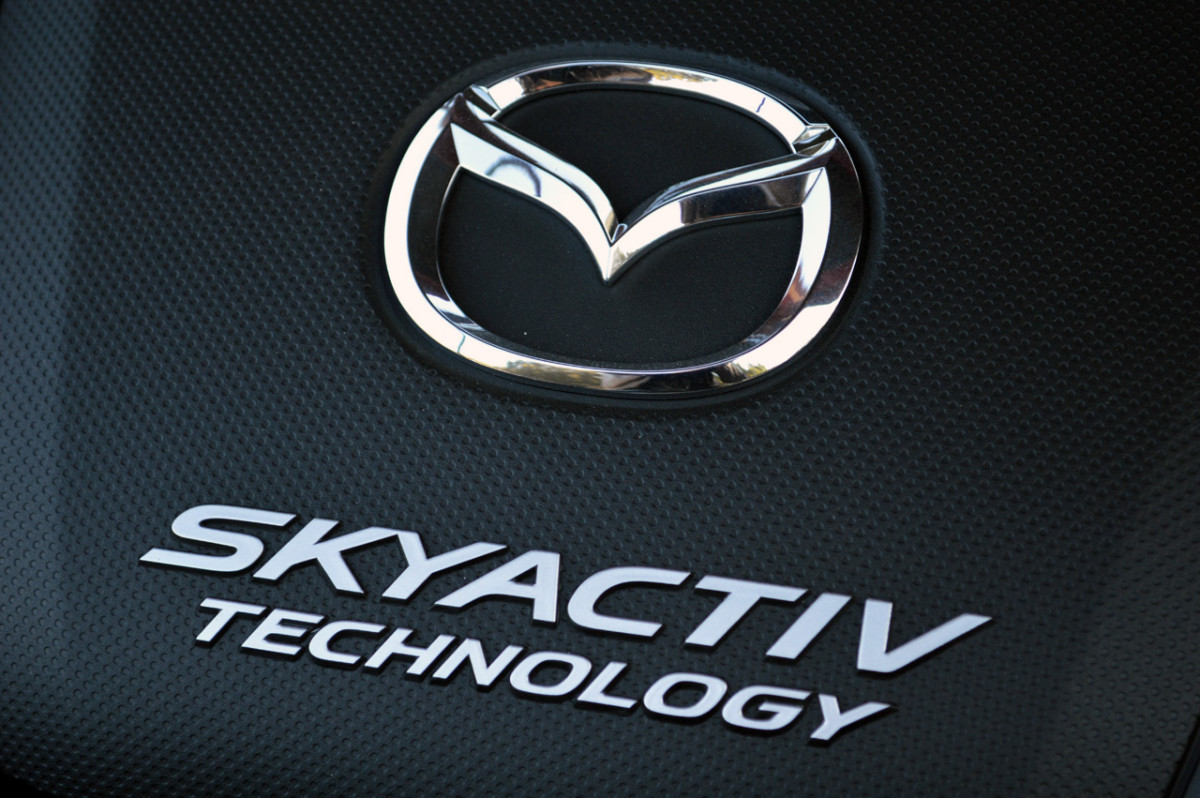
Mazda’s approach balances ICE, hybrid, and electric models, investing in next-gen SKYACTIV-Z engines. Designed for efficiency and performance, these engines will premiere with the CX-5 in 2027, optimizing fuel economy and emissions.
Final Thoughts
Both Volvo and Volkswagen are joining the shift towards flexibility, realizing that setting rigid EV goals doesn’t necessarily align with market dynamics. While 2035 remains a focal point for EV expansion, automakers are keen to keep diverse options, including hybrids and efficient ICE models, on the table until demand dictates a firmer EV transition.
Toyota's Rugged Van
Dodge's Black Ghost
Zoox's Big Production Push
2025 Suzuki Alto Unveiled
Tesla Robotaxi Rolls In